“Before the rise of the nation-state, the world was mostly tribal. Tribes were united by language, religion, blood, and belief. They feared other tribes and often warred against them.” —Robert Reich
When I conduct teambuilding sessions, I often start by administering a Myers-Briggs Type Indicator (MBTI) so that I can understand the different personality styles on the team. The idea is to identify and leverage differences to achieve optimal performance.
The MBTI has a continuum of four key personality traits: Extrovert/Introvert, Sensing/Intuiting, Thinking/Feeling, and Sensing/Judging.
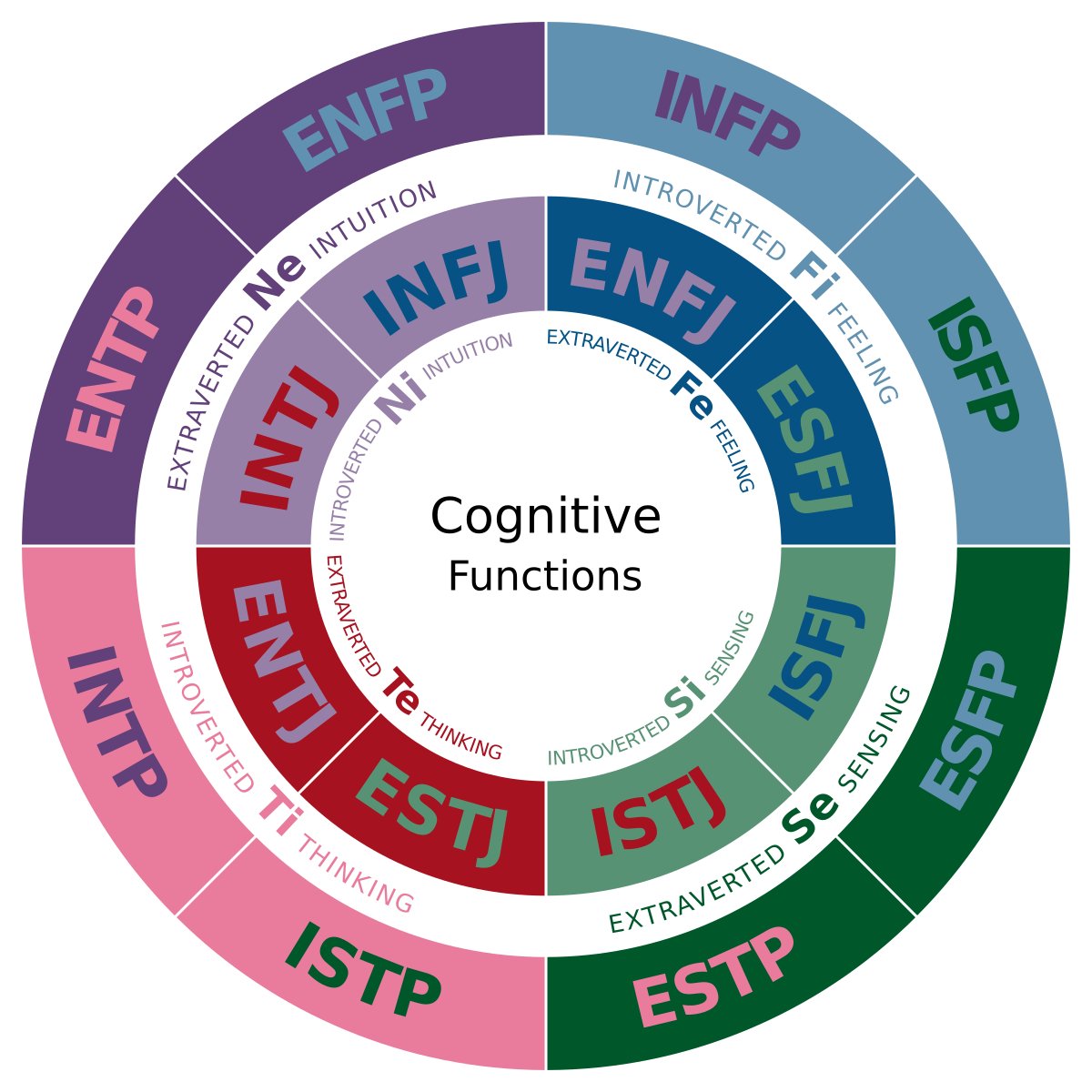

The extrovert (E) tends to talk things through by interacting with others. Introverts (I) prefer to think things through in quiet reflection and privacy.
Sensing (S) types prefer details, logical sequences, and concrete experiences. Intuitive (N) types look for meanings, associations, and patterns. S’s focus on thorough observation while N’s value insights.
The third continuum reflects decision making preferences. Thinking (T) types value objectivity, impartiality, logic, and deductive reasoning. Feeling (F) types place emphasis on issues, motives, emotions, values, and personalized experiences.
The fourth continuum reflects how a person regards complexity. Judging (J) types value structure, completion, and closure. Perceiving (P) types are stimulated more by new and exciting ideas than quick closure on solutions. J’s can be a little neurotic about time while P’s tend to procrastinate in search of better options and are “late” much of the time.
High performing teams not only to tend to have a great mix of E’s, I’s, S’s, N’s, T’s, F’s, P’s, and J’s; but they also are able to intentionally leverage all the differences on the team.
As a leader, when I selected team members, I would make a conscious attempt to ensure that all types were represented, that they knew and appreciated each other’s differences, and that they sought ways to leverage those differences while tackling complex problems.
Respecting and valuing differences is critical for high performing teams, governments, institutions, not-for-profit organizations, corporations, and yes—happy marriages.
My wife and I have been married for almost 48 years, and we have completely opposite personality profiles.
She is an ISTJ: quiet, serious, thorough, dependable, practical, matter-of-fact, realistic, and responsible. She decides logically what needs to be done and works toward it steadily, regardless of distractions. She takes pleasure in making everything orderly and organized at work, at home, and in life. She highly values traditions and loyalty. My daughters and I agree that she is the “Planner Extraordinaire” in our family, but that she has become less “quiet” about her needs over time.
On the other hand, I do not fit that profile in the least. As an ENFJ, I tend to be empathic, responsive, and highly attuned to the emotions, needs, and motivations of others. I find the potential in everyone and want to help others fulfill their potential. I try to be a catalyst for individual and group growth. Like my wife, I am loyal and responsible, but I am highly sensitive to praise and criticism. I can be social when I want to be, facilitate discussion when I need to, and provide leadership when I’m asked to. Unlike my wife, I prefer abstract ideas and intuitive leaps, and I would rather process what’s going on in the moment instead of planning for the future.
Over time, we have learned to understand and value each other’s preferences and styles. We appreciate each other’s differences. I am grateful for her strengths and we both accept our differences. After almost half a century crossing some troubled waters, we have learned to bridge our differences. I am pleased and grateful to say we are happy together and are likely to make the 50 year mark—maybe 60 or 70. I hope so.
On a more academic note, rigorous research at MIT and other prestigious institutions have found that teams comprised of people from a variety of racial, ethnic, cultural backgrounds function more effectively than homogeneous work groups. According to Scott E. Page, author of The Difference: How the Power of Diversity Creates Better Groups, Firms, Schools, and Societies, the most striking divergences can be observed in the areas of problem-solving, conflict resolution, and creativity.[1]

In these critical areas, diverse groups consistently outperform their homogeneous counterparts.
Most researchers agree that bringing together a wide variety of personality types, perspectives, experiences, and attitudes generates a team dynamic that is more wide-ranging in its scope, breadth, and depth and better able to address complex challenges.
In addition, Julia Bear and Anita Woolley found that team collaboration is greatly improved by the presence of women in the group, and this effect is primarily explained by benefits to group processes (Bear and Wooley, 36)[2].
Given all the substantive research and sentimental stories, my question in this post is:
How did we end up in such polarized tribes seeking sameness instead of difference?
I understand how tribes can appeal to basic needs. Clint Bruce, a retired officer of Navy SEAL team 5 and ex-NFL football player describes a tribe as
“a collection of people who know why they are together, are passionate about each other, bleed for a common cause, and trust each other implicitly…tribes are fearless, selfless, fully committed, and tireless in pursuing unified goals.”[3]
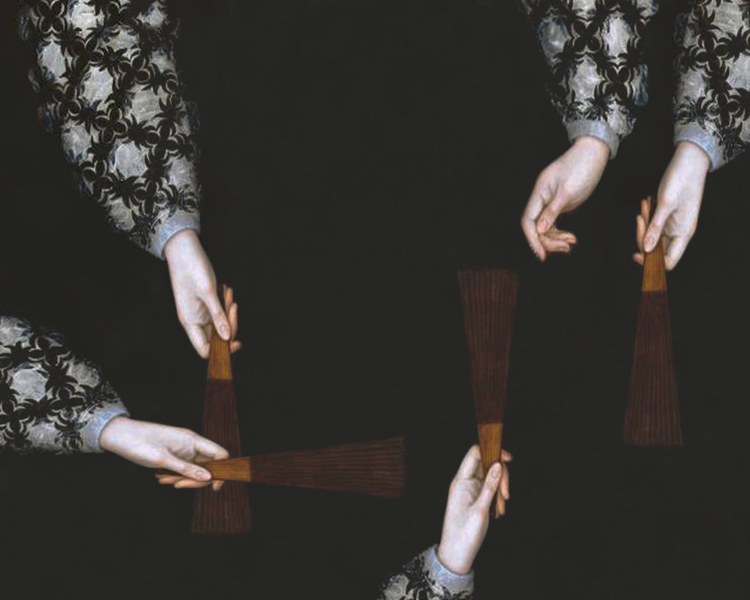
The early history of human kind is all about tribes. People were only able to survive by belonging to a certain tribe that shared the same customs, traditions, beliefs, and language. I get it.
Indeed, there are a couple of books published on tribes and teams. In Smart Tribes: How Teams Become Brilliant Together[4], Christine Comaford suggests that collaboration, connection, shared goals, and emotional engagement are the necessary ingredients for creating a “smart state.” For me, the word tribe doesn’t give justice to that desired state.
In Tribal Unity: Getting from Teams to Tribes by Creating a One Team Culture[5], Em Campbell-Pretty proposes techniques and formulas for become a more agile organization. In her book, she describes her “tribe’s” success in building strong teams of teams. For me, the word tribe connotes a narrow, exclusive focus instead of a broad, inclusive focus. If we accept the definition of tribe as a group of distinct people who are largely self-sufficient but not integrated into national or world society, then we must conclude that tribes are not particularly interdependent or interconnected. And, to me, that’s the problem.
My point of view is that tribes survive based on their sameness, while teams thrive because of their differences.
Unfortunately, we can no longer afford to retreat further and further into our tribal sameness in a futile attempt to preserve what was; we need to evolve into a “Team World” mentality that welcomes differences in an exciting pursuit of a productive, sustainable and interdependent planet.
For me, multicolored tapestries have more appeal than single-fabric rugs. I prefer broad and wide-open horizons to closed-in caves. I prefer healthy conflict about different ideas rather than a forced conformity to the old ways of doing things. I believe in collaboration and connectedness.
The simple truth is that we are all persons of difference. Our choice is to accept, value, invite and welcome differences in the pursuit of possibilities—or to cling to the dogma of our ingrained sameness in the dogged pursuit of the past.
It seems to me that our only hope is to evolve from polarized tribes to global teams.
The only way to end racial and religious wars is to see beyond the confines of our tribes.
Even though I grew up in one of the most homogeneous communities imaginable, I still realized that we were all different in our own unique ways. My tribe in high school was the scholar-athletes who loved to win. I’m sure we all looked pretty much the same to the kids outside our tribe, but each of us had a different history, family tree, and personality. We “won” when we valued and leveraged each other’s differences. We “lost” when we tried to be the same. We were also lucky to have a legendary coach, Jack Streidl, who always produced winning teams and was honored by his selection to the National High School Coaches Hall of Fame and as the Michigan High School Track Coach of the year.
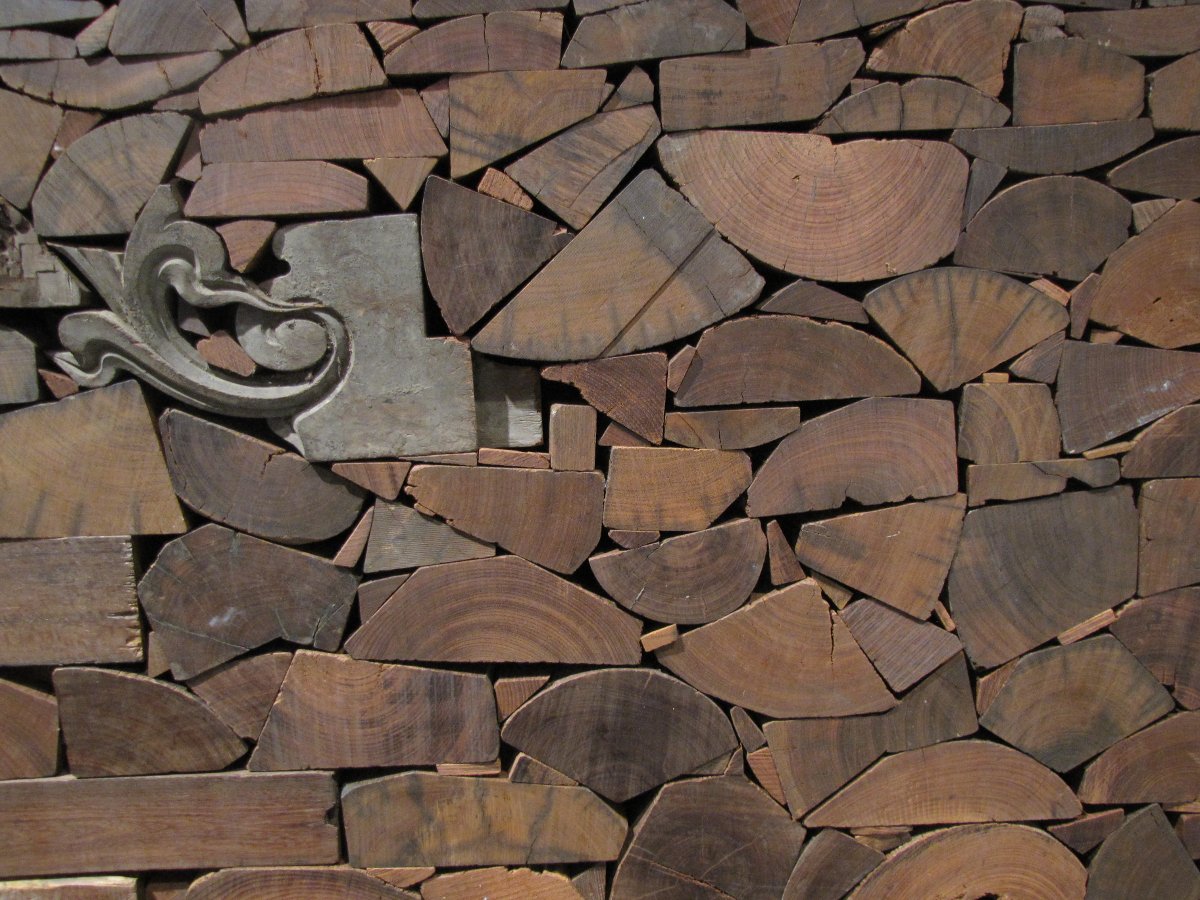
What made him great was not using the same game plan every year, but creating a new game plan each year based on the unique players on his team.
And what always stood out for me was the special place he had in his heart for persons of difference. No one got abused or picked on under his watch. He found a place for everyone and honored who they were.
May we begin to see ourselves as One Team of Human Beings trying to evolve on the planet Earth with the common goal of preserving and protecting plants, animals, soil, water, and our fellow sentient beings.
May we continue to find comfort in our tribal status AND look for ways to connect to and collaborate with the larger, human team. May we move from tribal, racial, religious and national identity groups who demean and war with each other, to world citizens working together to create a healthy and peaceful society.
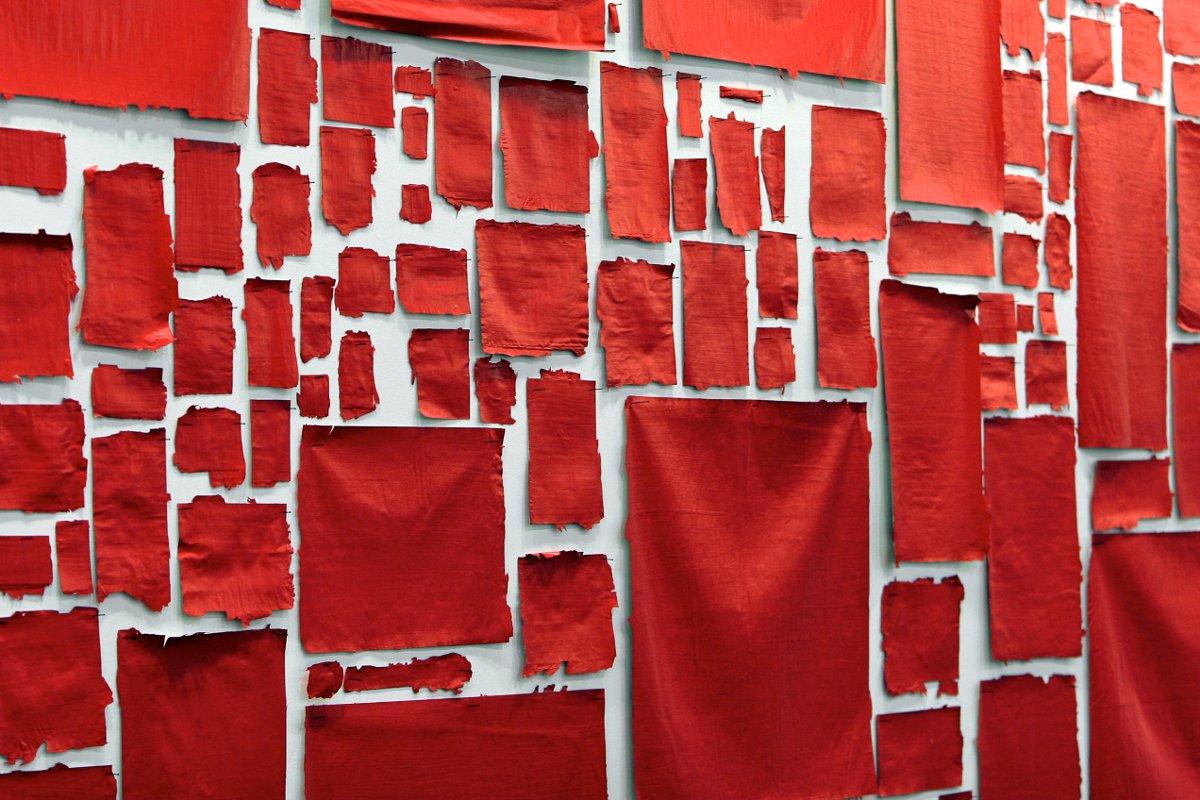
I understand that I am a privileged, white male asking people to move on. Don’t get me wrong. I am not trying to wipe clean the sordid and ugly history of white male violence on women and people of color. And I’m not demeaning the importance of Black Lives Matter, NOW, LGBTQ, and Native American groups/tribes. I believe it is possible, however, to take pride in whatever group we identify with AND embrace the importance of being a global citizen who values and leverages differences.
More Information- [1] Page, S.E. The Difference: How the Power of Diversity Creates Better Groups, Firms, Schools, and Societies Princeton University Press, 2008.
- [2] Bear, Julia B & Woolley, Anita Williams. The Role of Gender in Team Collaboration and Performance. Interdisciplinary Science Reviews, 2011.
- [3] Read Rich Handler’s letter about Clint Bruce’s talk at a leadership program here
- [4] Comaford, Christine. Smart Tribes: How Teams Become Brilliant Together. Portfolio, 2013.
- [5]Campbell-Pretty, Em. Tribal Unity: Getting from Teams to Tribes by Creating a One Team Culture. SpiritCast Network, 2016.
Also published on Medium.

![The Library of Congress Hughey Gold [child with football]](https://rickbellingham.com/wp-content/uploads/2018/12/hugheygoldfb-2.jpg)
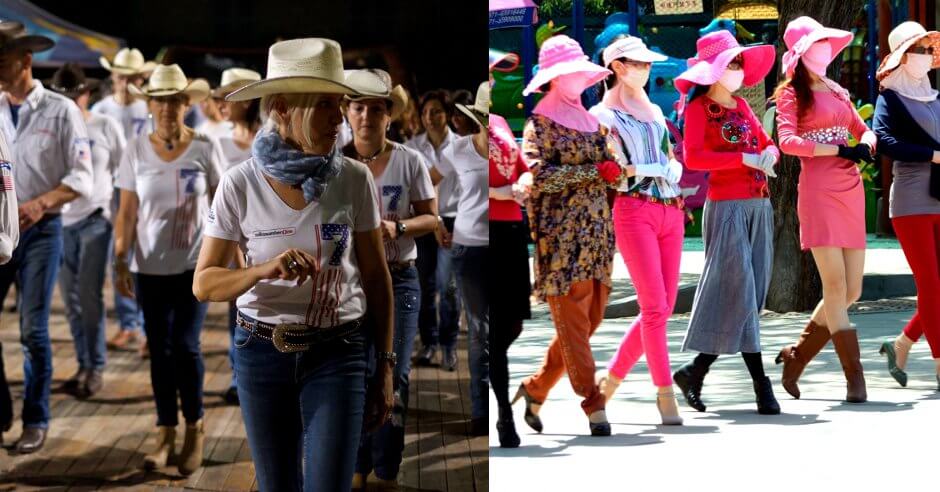
Beautifully written Ricky! If only the entire nation/world would/could heed your advice and counsel! RonnyDonny